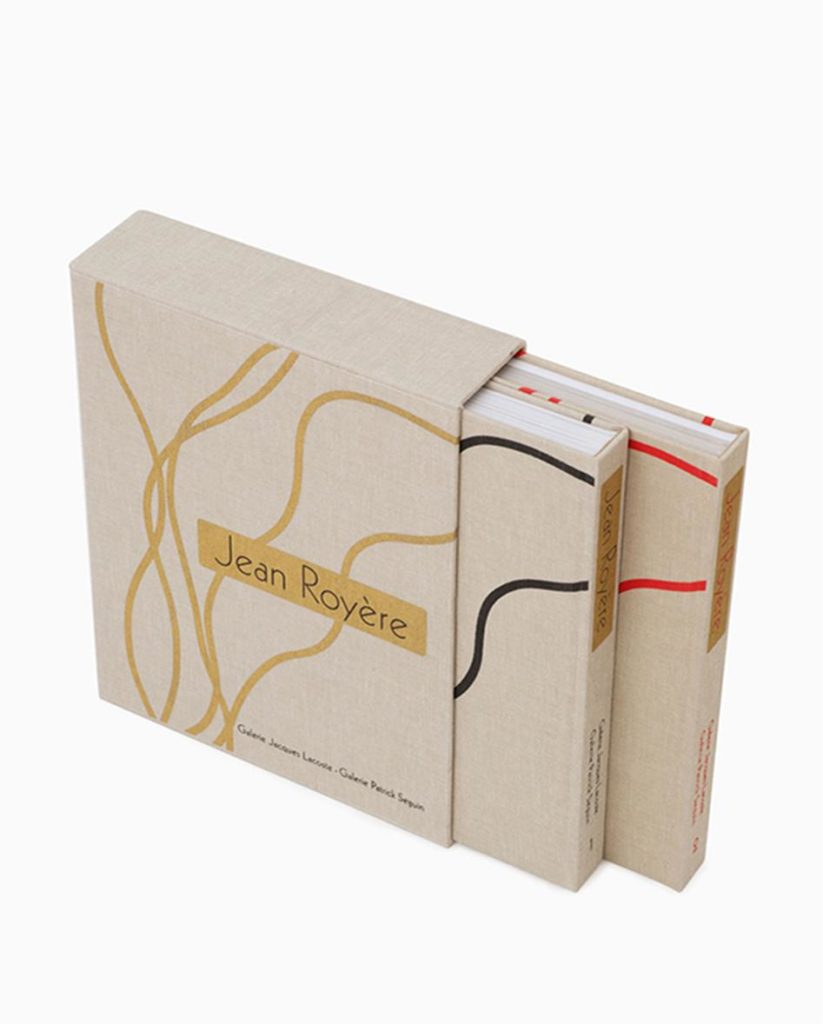Jean Royère (1902-1981)
Biography
Born into an educated middle-class family, Jean Royère turned away from a career in the import-export trade and instead, aged 30, he dedicated himself to interior design. His first experience in working in this trade was in a Faubourg Saint-Antoine furniture workshop, where he was initiated into the highest form of craft perpetuated in Paris.
In 1931 Jean Royère worked on his first commision : for his uncle, Jacques Raverat, he designed a set of garden furniture characterised by elongated lines which heralded his personal style, emancipated from any conventions. The chromed-metal-set he designed for the brasserie Le Carlton on avenue des Champs-Élysées was a great succes, which helped establish him as an emerging figure on the interior design scene. In 1934, Jean Royère was noticed by manufacturer Pierre Gouffé who appointed him as the head of his workshop’s contemporary furniture studio.
At the 1937 Exposition Universelle, for which he designed seventeen different sets of furniture stands, Royère was celebrated as one of the most original and creative decorators of his time. Following that, he was made a member of the Salon des artistes décorateurs, and in 1939 he went on to design a boudoir so unique that it was to become a milestone in his career. Royère then developed a new ornamental repertoire, in a palette of citrus tones, drawing inspiration freely from the animal and vegetal realms. Indeed, the Éléphanteau armchair, the Trèfle chair, the Champignon lamp and the Bouquet sconce are emblematic of the poetic designs which were to come to fruition during the interwar period
Jean Royère opened his own agency, located 5 rue d’Argenson in Paris in 1942. Then, in 1949, he opened a large gallery, located 182 rue Faubourg Saint-Honoré. Having broken free from the functionalist trend, the designer returned to a mode of ornamentation. Indeed this focus ruled the way he designed interiors, as exemplified by the 1947 office of a Paris businesswoman, clad entirely in perforated iron sheet. In fact, patterns formed with circles, criss-crossings and herringbones were incorporated into every element of his interiors. The curves of the metal tube he used for the Liane sconce intermingle and creep all over the wall in images of the 1959 Salon des artistes décorateurs. This piece helped Royère gain faithful clients such as Gastonn Dutilleul, who would remain a devoted customer from 1949 to 1972, and also Henri Salvador, for whom he designed straw-marquetry furniture, which incorporated a star pattern, in 1955.
Royère rose to public prominence once he started getting state commissions. As early as 1948 he was in charge with redecorating the reception rooms for the French consulate in Alexandria, Egypt. His 1950 designs for the drawings of the new French legation in Helsinki, Finland, included brightly coloured Ball armchairs, testifying to his vibrant creative freedom.
Royère’s success and ceaseless activity quickly brought him into contact with foreign clients, who were drawn to his decorative inventiveness. He opened a number of shops in the Middle East and then in South America : Cairo in 1946, Beirut in 1947, Lima in 1955 and São Paulo in 1957. Once he partnered with the Lebanese architect Nadim Majdalani, he took up big projects for various hotels such as Le Capitole in Beirut in 1953, the Ambassador Hotel in Jerusalem in 1955 or the Amman Club in Jordan in 1958. The designer even gained the favours of leaders and rulers of the region, namely King Hussein of Jordan, the King and Queen of Saudi Arabia and the Shah of Iran ; for whom he designed a film theatre in 1958.
In 1972, following a long and proloific international career, Jean Royère stopped working as a designer and split his time between France and the US.
Portrait de Jean Royère, vers 1930
© Les Arts Décoratifs Paris, tous droits réservés.


